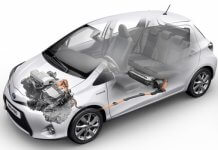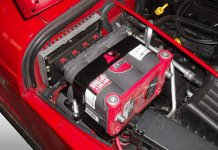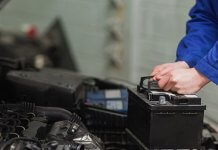The longevity of a car battery depends on many factors, one of which is the quality of the product. This aspect is directly related to the price, in which case it would be a smart decision not to search for the cheapest alternative. Some manufacturers are providing 3 or 4 years of free replacement warranty, but it would not be a mistake to assume that their products are in the middle or high price range.</p> </p>
In addition to the usual maintenance work, there is a set of measures every car owner can take to prolong the life of the battery. So, how long does a car battery last?</strong> First of all, it is necessary to understand the processes that are happening inside the battery and what can directly influence them.</p>
Table of Content</p></p>







